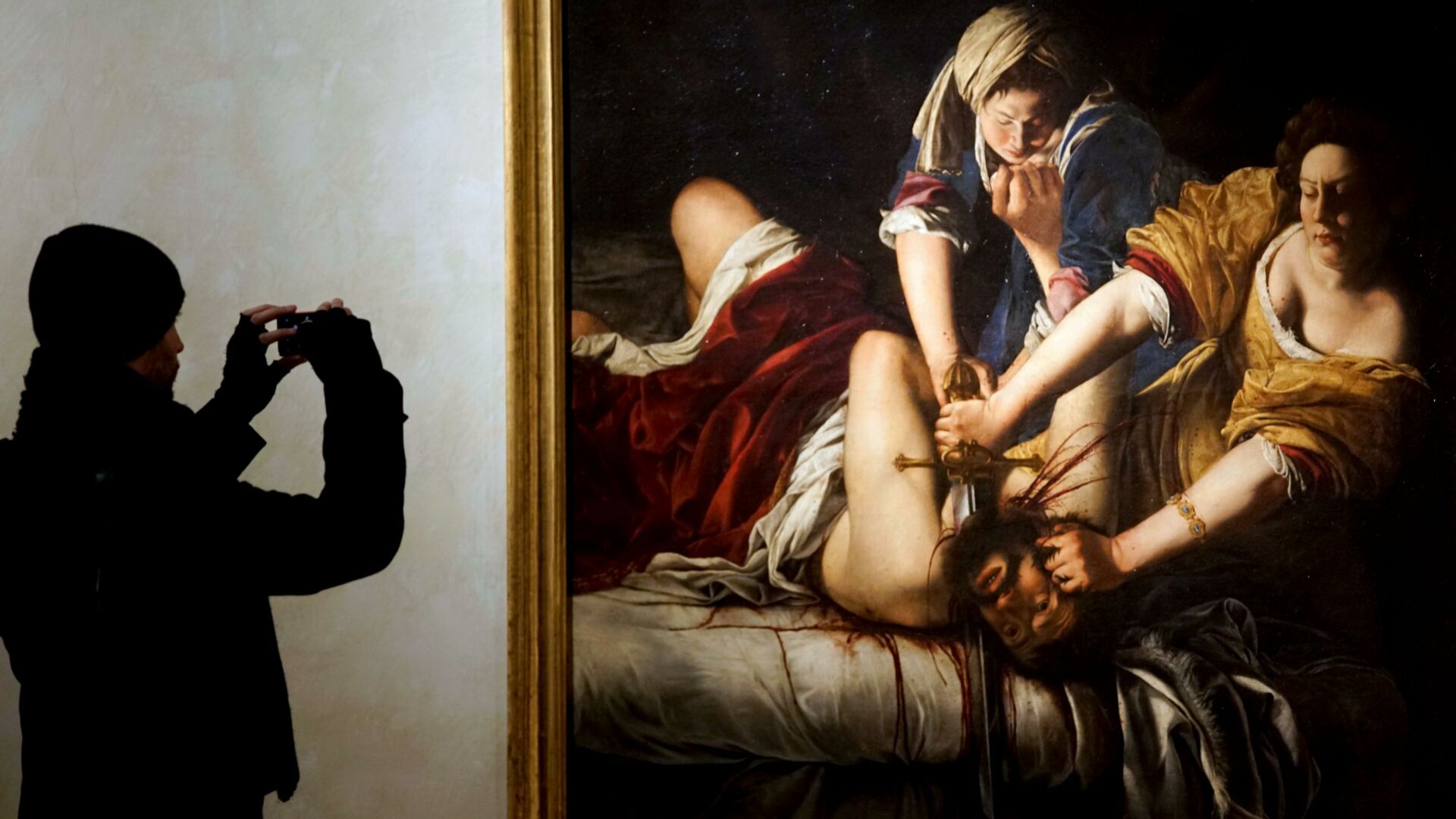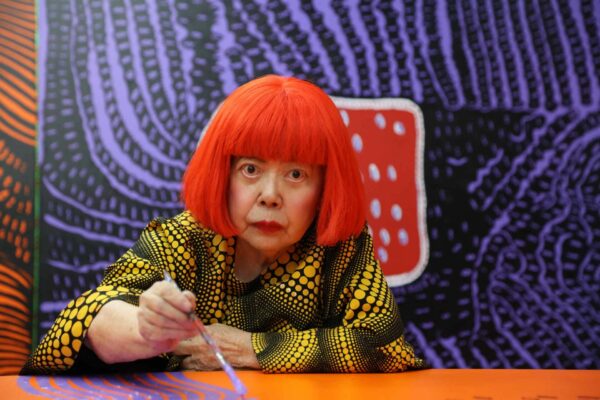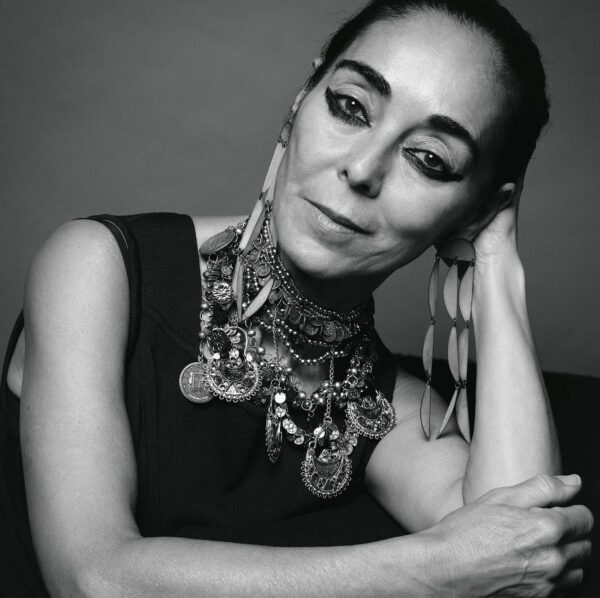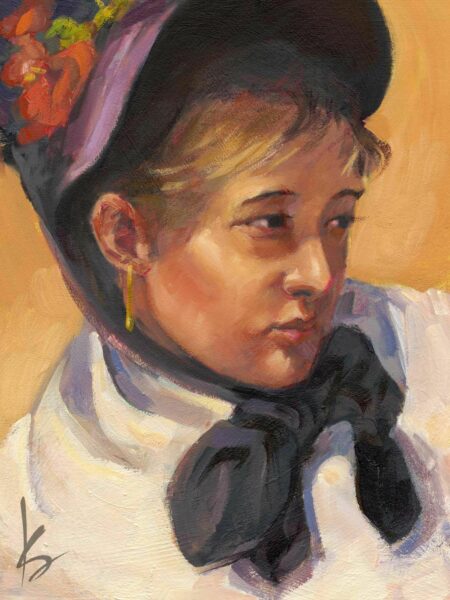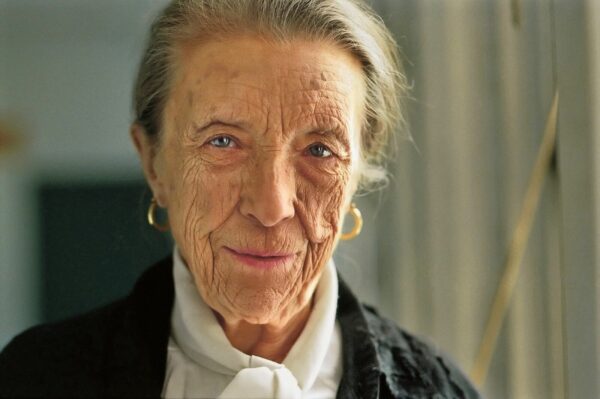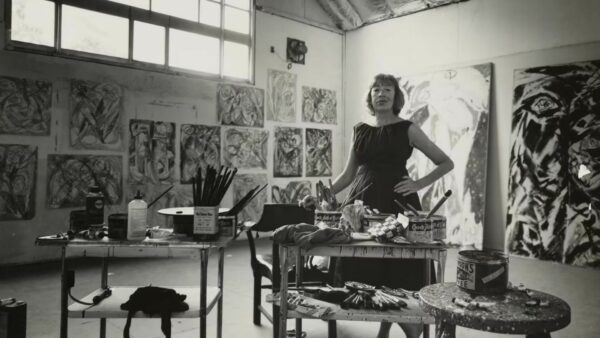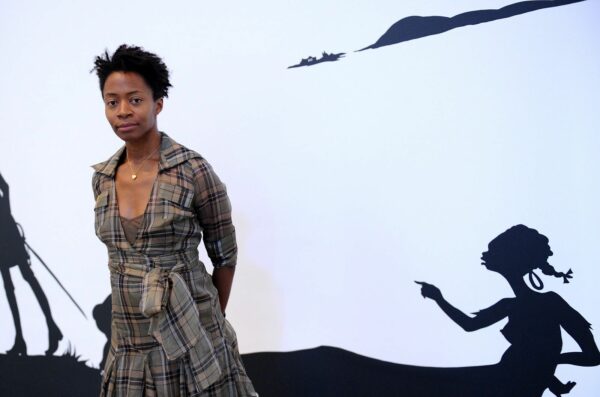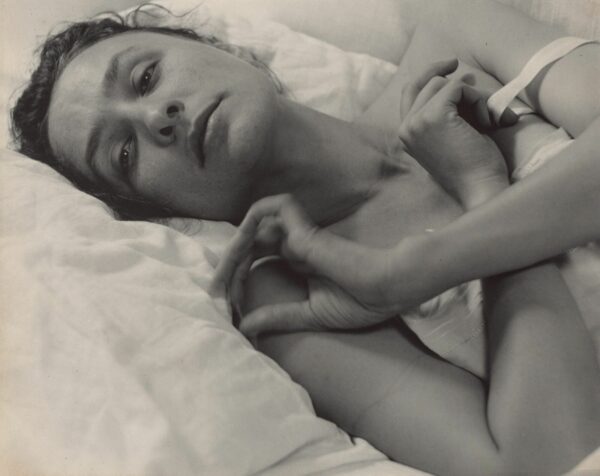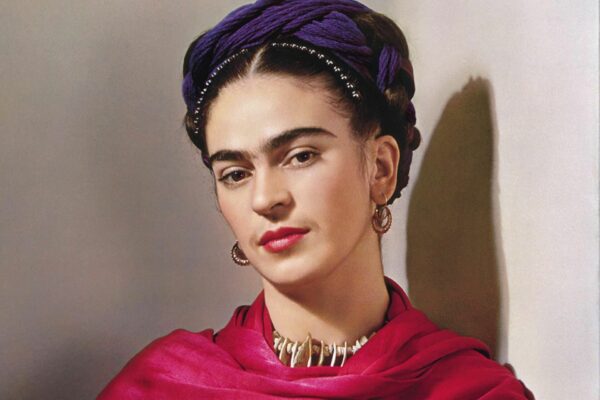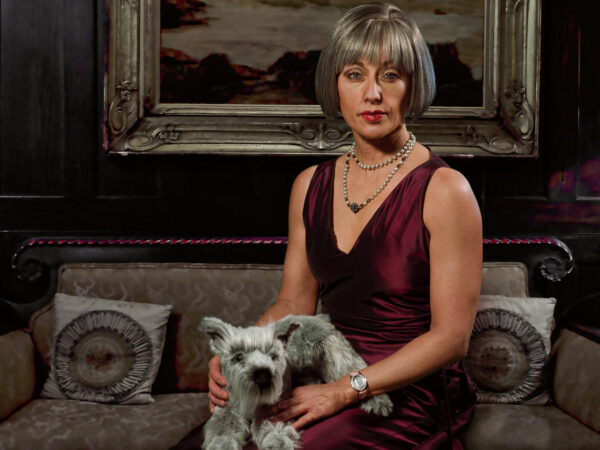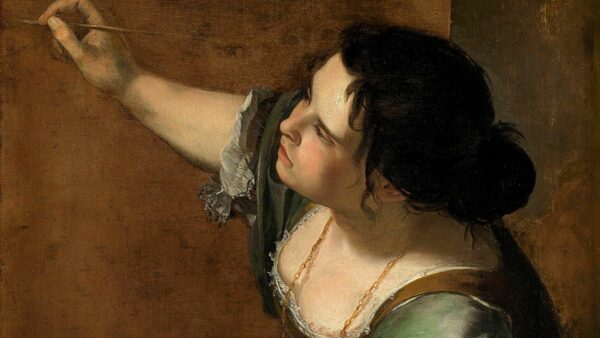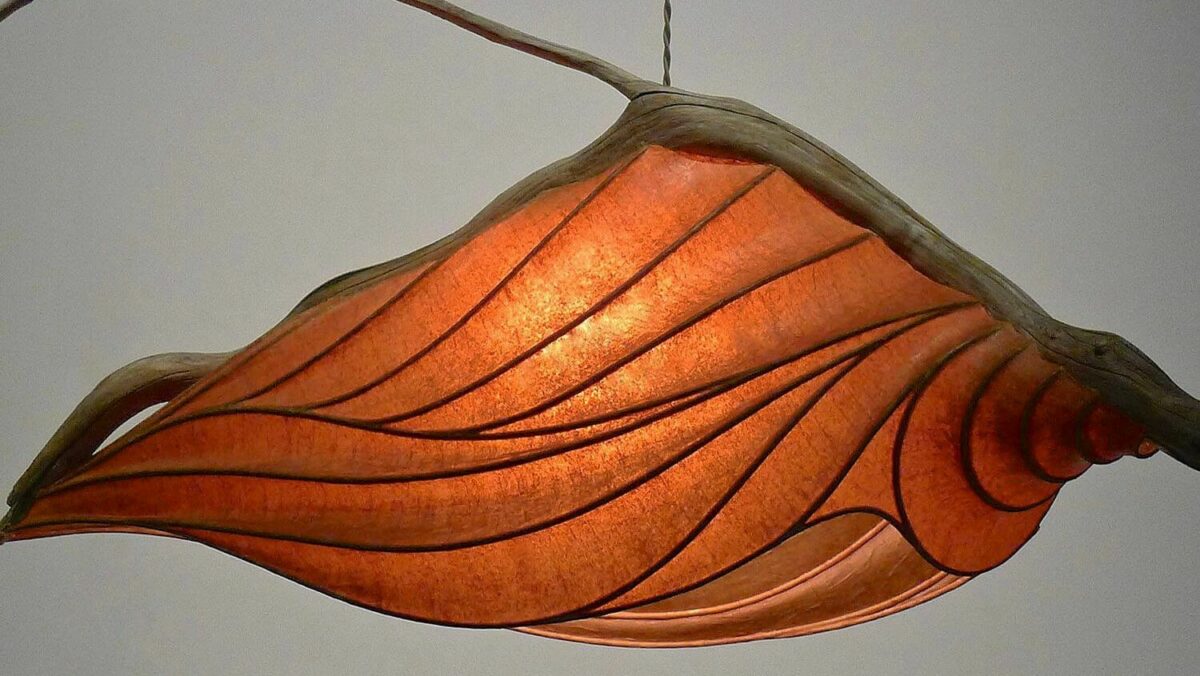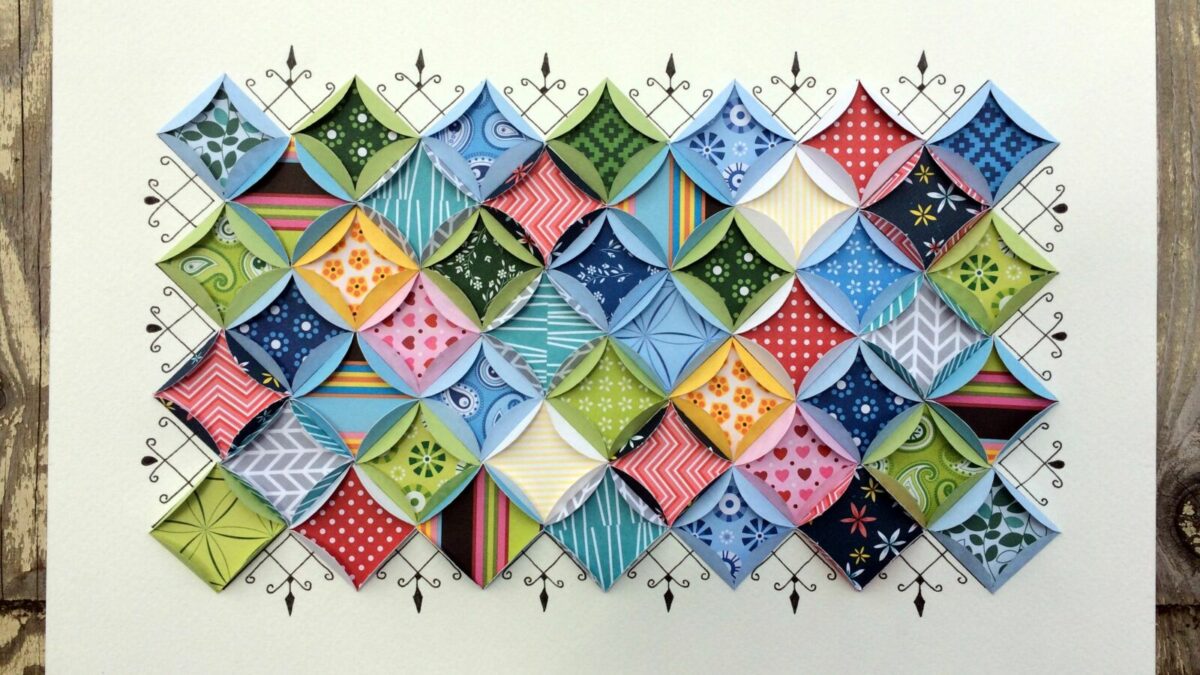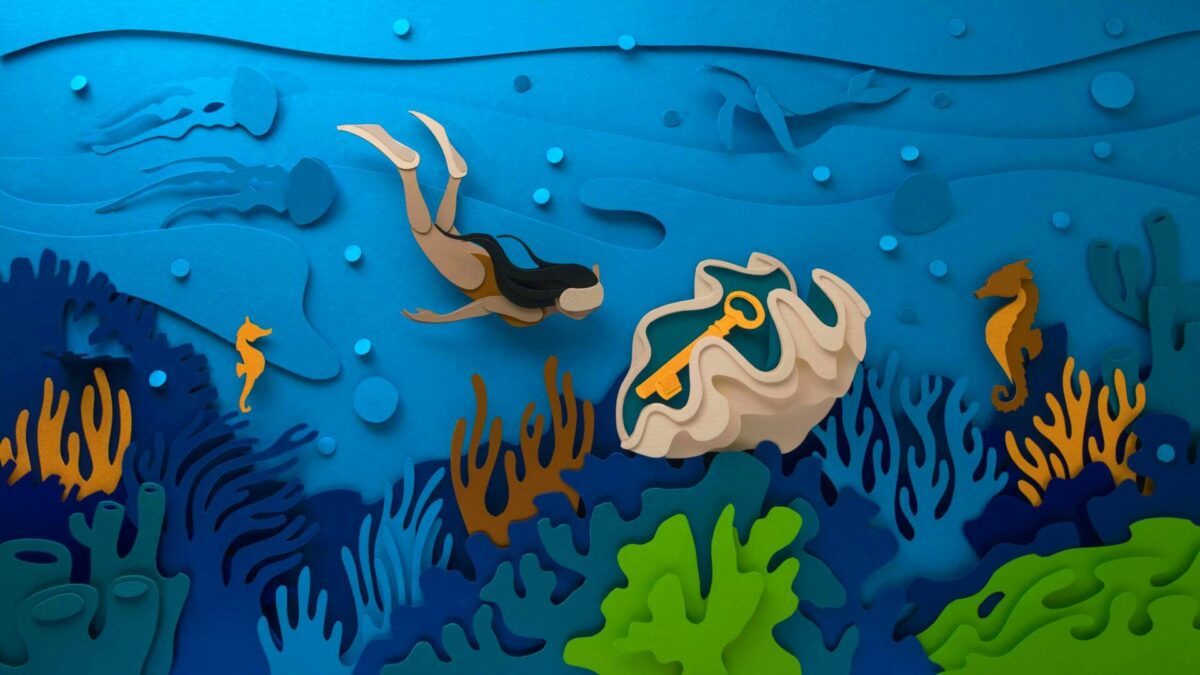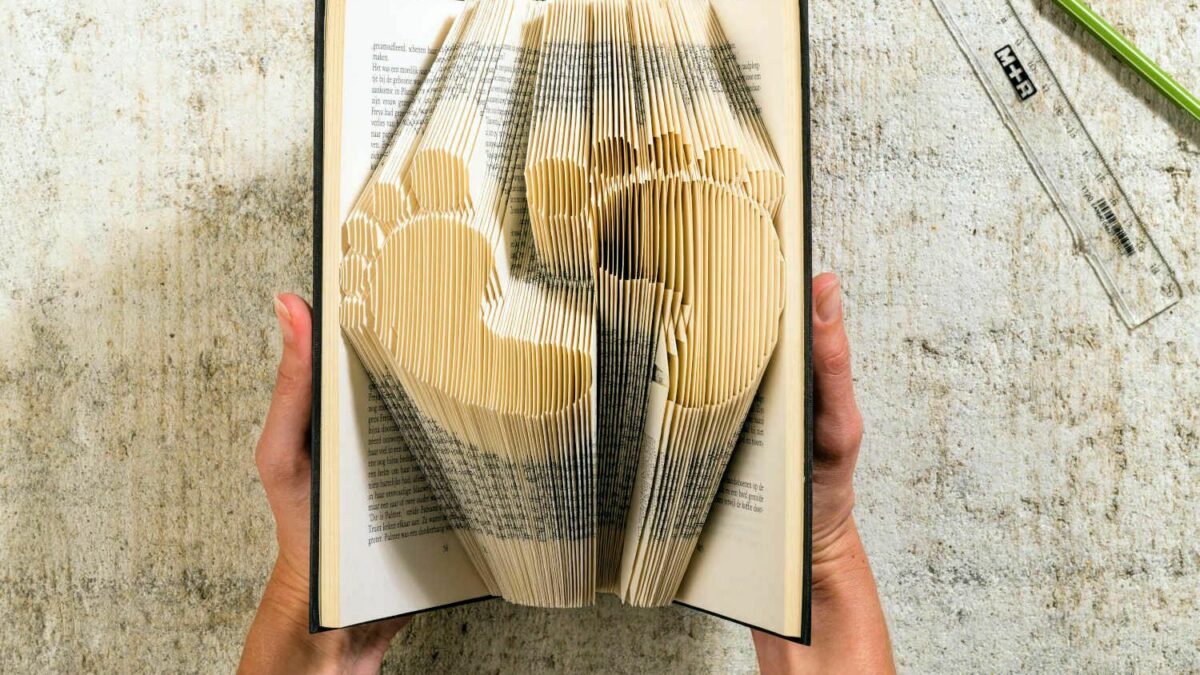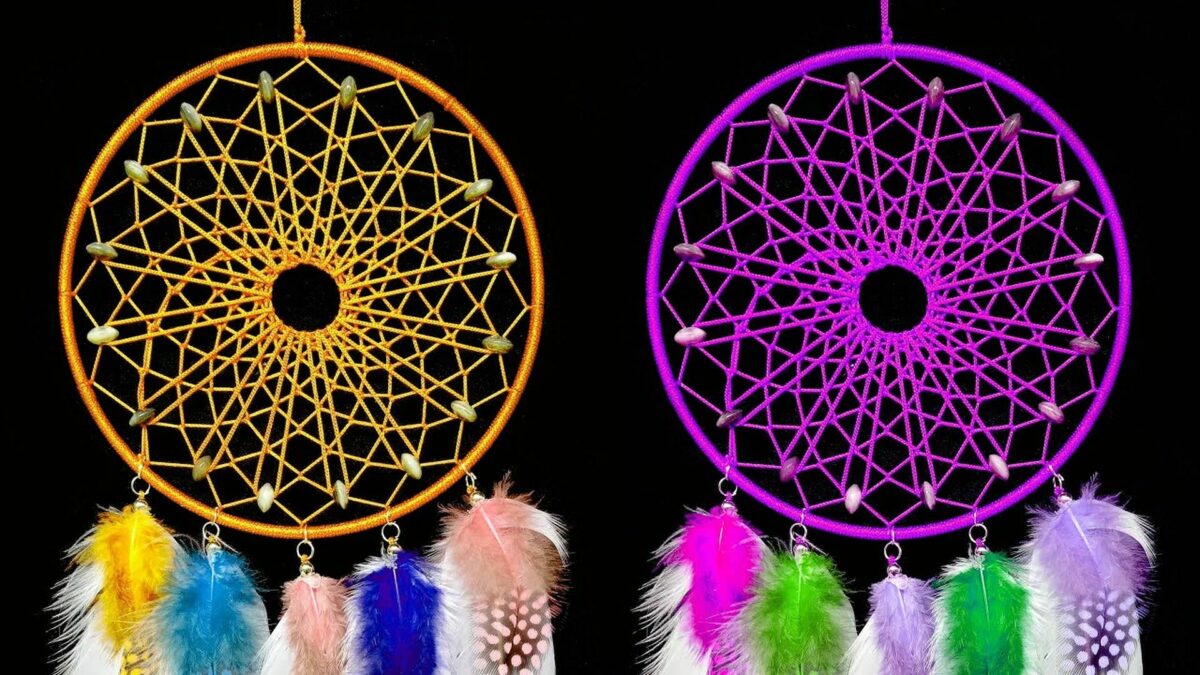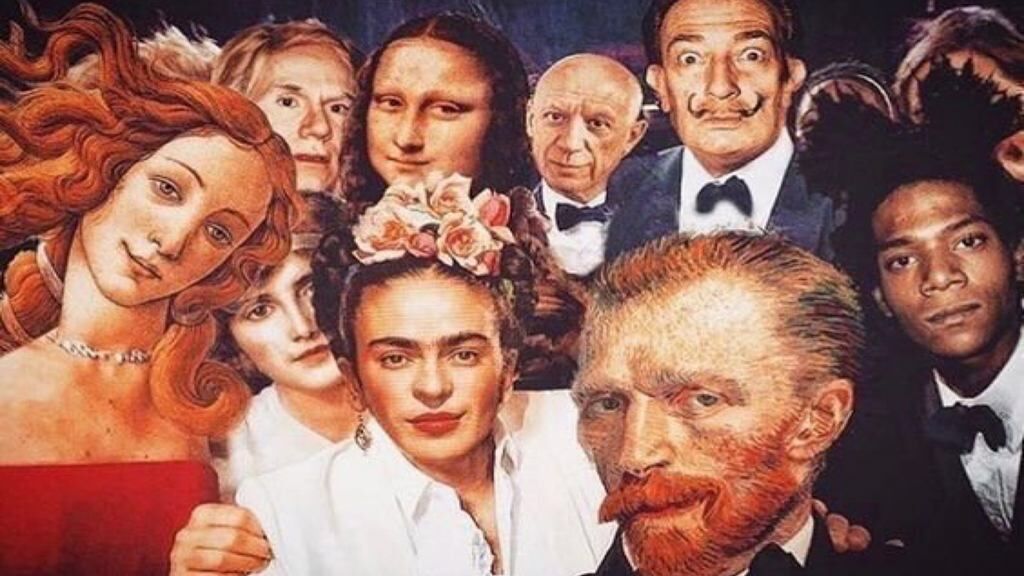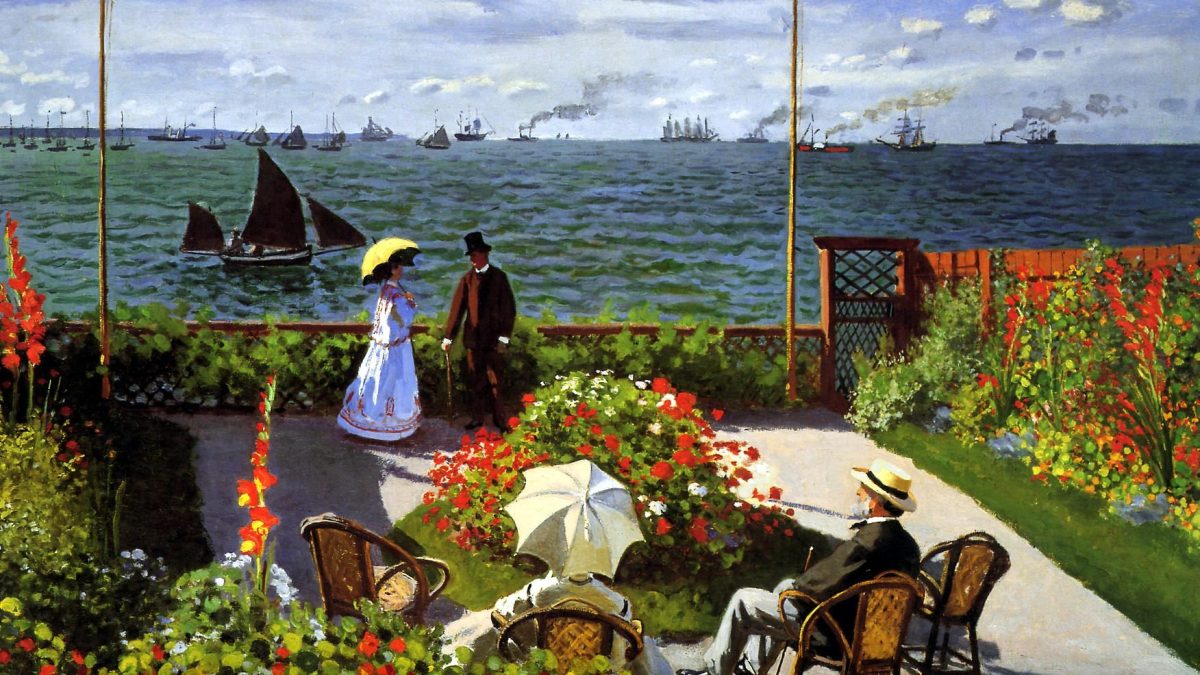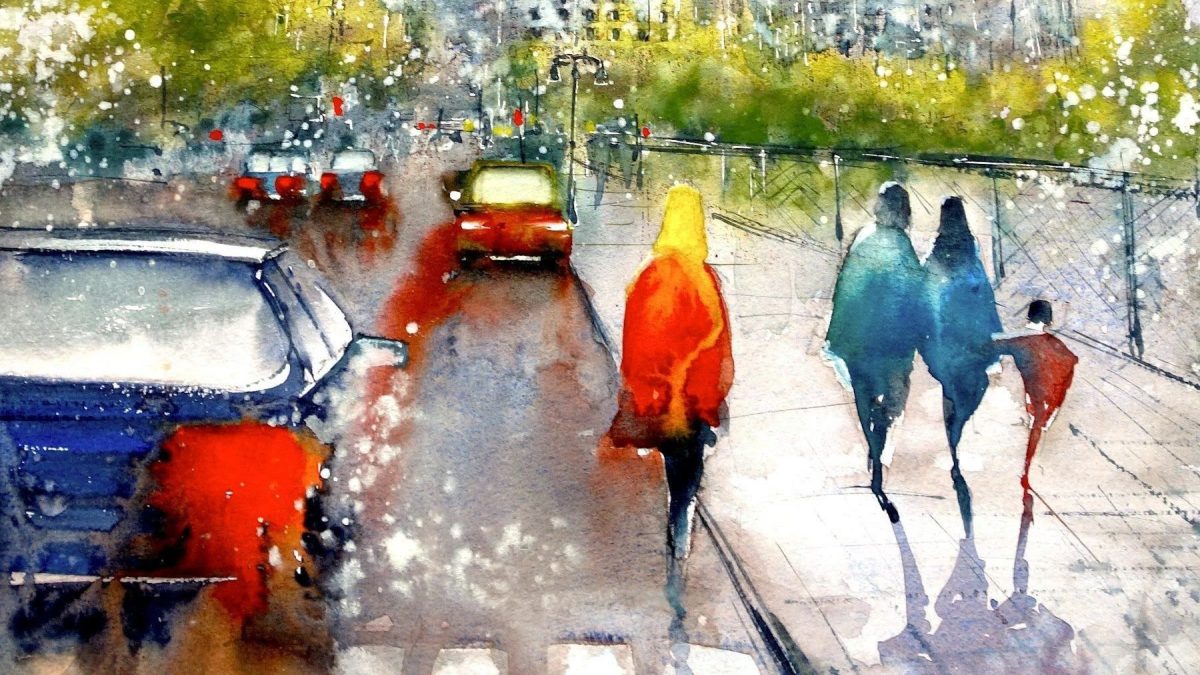Blog
Women Who Made History: A Look at the 10 Most Famous Female Artists
Introduction: Celebrating Women Who Made History Through Art
Art has always been a powerful medium for self-expression, social commentary, and cultural exchange. Throughout history, women have played a significant role in shaping the art world, challenging gender norms, and breaking down barriers to creativity and innovation. From the Renaissance to the present day, female artists have made a lasting impact on art history, inspiring generations of artists and art lovers alike.
In this article, we will take a closer look at the 10 most famous female artists and their contributions to the art world. We will explore their unique styles, techniques, and themes, as well as the challenges they faced as women in a male-dominated field. Through their stories, we will gain a deeper appreciation for the legacy of women who made history through art and their continued influence today.
The Top 10 Most Famous Female Artists and Their Impact on Art History
1. Artemisia Gentileschi (1593-1656)
Artemisia Gentileschi was an Italian Baroque painter known for her powerful depictions of biblical and mythological heroines. She was one of the few female artists of her time to achieve recognition and success, despite facing discrimination and harassment from her male peers. Gentileschi’s paintings often featured strong, assertive women who challenged traditional gender roles and stereotypes. Her most famous work, Judith Slaying Holofernes, is a dramatic portrayal of a woman taking revenge on a male oppressor.
2. Mary Cassatt (1844-1926)
Mary Cassatt was an American Impressionist painter who specialized in portraits of women and children. She was one of the few female artists to exhibit with the Impressionists in Paris, and her work was praised for its sensitivity, intimacy, and modernity. Cassatt’s paintings often depicted the everyday lives of women and children, capturing their emotions, relationships, and experiences. Her most famous work, The Child’s Bath, is a tender portrayal of a mother and child in a private moment.
3. Frida Kahlo (1907-1954)
Frida Kahlo was a Mexican painter known for her surreal self-portraits and bold use of color. She was a feminist icon and a symbol of Mexican culture, who used her art to express her pain, passion, and political beliefs. Kahlo’s paintings often depicted her physical and emotional struggles, as well as her connection to nature and indigenous traditions. Her most famous work, The Two Fridas, is a haunting portrayal of her dual identity as a Mexican and a European.
4. Georgia O’Keeffe (1887-1986)
Georgia O’Keeffe was an American painter known for her abstract landscapes and close-up depictions of flowers. She was one of the most influential artists of the 20th century, who challenged traditional notions of femininity and beauty. O’Keeffe’s paintings often explored the relationship between nature and human consciousness, as well as the power of color and form. Her most famous work, Jimson Weed/White Flower No. 1, is a striking portrayal of a flower in full bloom.
5. Yayoi Kusama (born 1929)
Yayoi Kusama is a Japanese artist known for her immersive installations, polka dot motifs, and avant-garde fashion. She was a pioneer of the Pop Art movement and a leading figure in the feminist art movement. Kusama’s art often explored themes of infinity, repetition, and self-obliteration, as well as her own struggles with mental illness. Her most famous work, Infinity Mirrored Room – The Souls of Millions of Light Years Away, is a mesmerizing installation that invites viewers to lose themselves in a sea of lights and reflections.
6. Lee Krasner (1908-1984)
Lee Krasner was an American Abstract Expressionist painter known for her large-scale canvases and gestural brushwork. She was married to fellow artist Jackson Pollock, but she refused to be overshadowed by his fame and success. Krasner’s paintings often explored the relationship between the conscious and the unconscious, as well as the power of improvisation and experimentation. Her most famous work, The Eye is the First Circle, is a dynamic and colorful abstraction that reflects her bold and confident style.
7. Louise Bourgeois (1911-2010)
Louise Bourgeois was a French-American sculptor and installation artist known for her provocative and visceral works. She was a feminist icon and a pioneer of the feminist art movement, who used her art to explore themes of sexuality, motherhood, and trauma. Bourgeois’s sculptures often depicted the human body in all its complexity and vulnerability, as well as the power of memory and emotion. Her most famous work, Maman, is a towering spider sculpture that symbolizes both maternal protection and fear.
8. Cindy Sherman (born 1954)
Cindy Sherman is an American photographer and conceptual artist known for her self-portraits and role-playing. She was a postmodernist and a feminist, who used her art to challenge the conventions of photography and representation. Sherman’s photographs often depicted herself in various guises and costumes, exploring themes of identity, gender, and power. Her most famous work, Untitled Film Stills, is a series of black-and-white photographs that evoke the glamour and anxiety of Hollywood movies.
9. Kara Walker (born 1969)
Kara Walker is an American artist known for her large-scale silhouettes and installations that explore themes of race, gender, and power. She was a MacArthur Fellow and a recipient of numerous awards and honors, who used her art to confront the legacy of slavery and racism in America. Walker’s works often depicted grotesque and violent scenes, challenging viewers to confront their own prejudices and assumptions. Her most famous work, A Subtlety, or the Marvelous Sugar Baby, was a massive sphinx-like sculpture made of sugar, which symbolized both the sweetness and the bitterness of American history.
10. Shirin Neshat (born 1957)
Shirin Neshat is an Iranian artist known for her photography, video installations, and films that explore themes of identity, gender, and politics in the Islamic world. She was a recipient of the Golden Lion award at the Venice Biennale, and her works have been exhibited in major museums and galleries around the world. Neshat’s art often depicted the experiences of Muslim women, challenging stereotypes and misconceptions. Her most famous work, Women of Allah, is a series of photographs that depict veiled women holding guns, challenging the Western perception of Muslim women as passive and oppressed.
Conclusion: The Legacy of Women Who Made History Through Art and Their Continued Influence Today
The 10 female artists we have explored in this article represent a diverse range of styles, techniques, and themes, but they all share a common legacy of breaking down barriers and challenging conventions. They were pioneers, rebels, and visionaries, who used their art to express their own unique perspectives and to inspire others to do the same.
Their impact on art history cannot be overstated, as they paved the way for future generations of female artists and expanded the boundaries of what art could be. They showed that art could be a tool for social change, a means of self-discovery, and a celebration of diversity and difference.
Today, their influence can be seen in the work of countless female artists around the world, who continue to push the boundaries of art and challenge the status quo. They remind us that art is not just a reflection of society, but a catalyst for change, and that women have always been at the forefront of that change.

